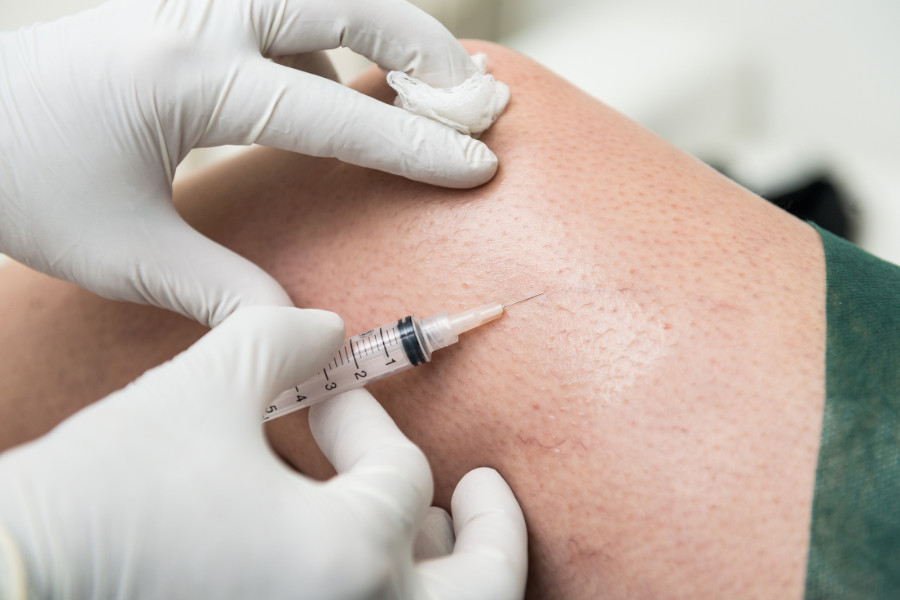
Sclerotherapy is a minimally invasive procedure commonly used to treat spider veins and varicose veins. While many people seek this treatment for cosmetic reasons, it can also provide relief from discomfort associated with vein issues. If you experience aching, swelling, or other symptoms related to veins, Sclerotherapy might be an option worth exploring.
Understanding Vein-Related Discomfort
Varicose veins and spider veins are more than just a cosmetic concern for many people. They can lead to discomfort, including aching, heaviness, or swelling in the legs. In some cases, standing for long periods can make the symptoms worse, which can impact daily activities. Sclerotherapy helps to address these symptoms by targeting and collapsing the problematic veins, allowing healthier veins to take over.
How Sclerotherapy Works
During the procedure, a solution is injected into the affected veins, causing them to collapse and eventually be absorbed by the body. As the treated veins fade, blood is rerouted to healthier veins, improving circulation and reducing symptoms like aching or swelling. The procedure is relatively quick and can usually be completed within an hour, depending on the number of veins treated.
Post-Treatment Tips for Comfort
After your treatment, it’s important to follow some simple steps to support healing and maintain comfort:
- Wear compression stockings as recommended by your healthcare provider.
- Stay active with light walking to promote circulation.
- Avoid strenuous activities or heavy lifting for a few days to aid recovery.
Maintaining Healthy Veins
Sclerotherapy is effective in treating existing vein issues, but it’s also important to make lifestyle changes to maintain your results. Regular exercise, maintaining a healthy weight, and avoiding long periods of standing or sitting can help keep your veins healthy and reduce the risk of future discomfort.
The content in this blog is for informational purposes only and is not a substitute for professional medical advice, diagnosis, or treatment. Always consult your doctor or a qualified healthcare provider before trying new healthcare protocols.



